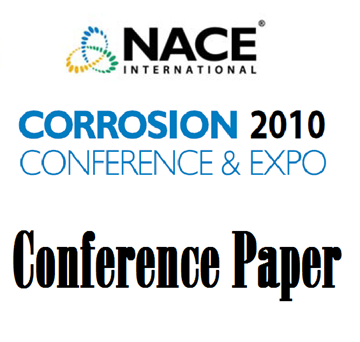Search
02133 TRANSPASSIVE CORROSION OF HIGH ALLOY STAINLESS STEELS AND NICKEL-BASE ALLOYS
Also Purchased
02119 CHRONOLOGY OF DEVELOPMENTS IN Ni-Mo ALLOYS: THE LAST 70 YEARS
Product Number:
51300-02119-SG
ISBN:
02119 2002 CP
$20.00
02131 ENVIRONMENTALLY ASSISTED CRACKING IN THE PULP AND PAPER INDUSTRY
Product Number:
51300-02131-SG
ISBN:
02131 2002 CP
$20.00
10337 An Advanced Super-Austenitic Stainless Steel Offers Economical and Technical AdvantagesOver Nickel-Base Corrosion-Resistant Alloys in the Process Industries
Product Number:
51300-10337-SG
ISBN:
10337 2010 CP
Publication Date:
2010
$20.00




